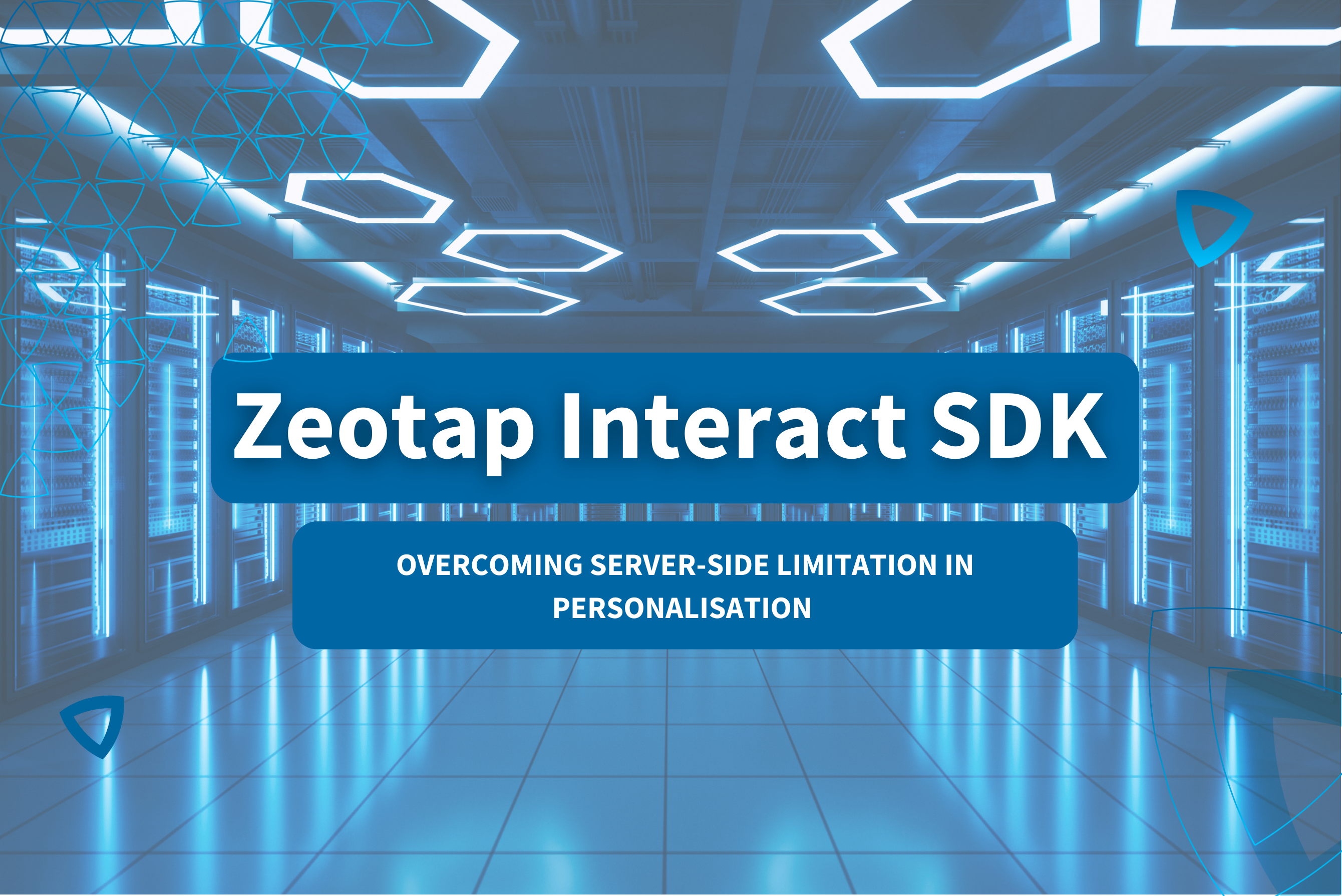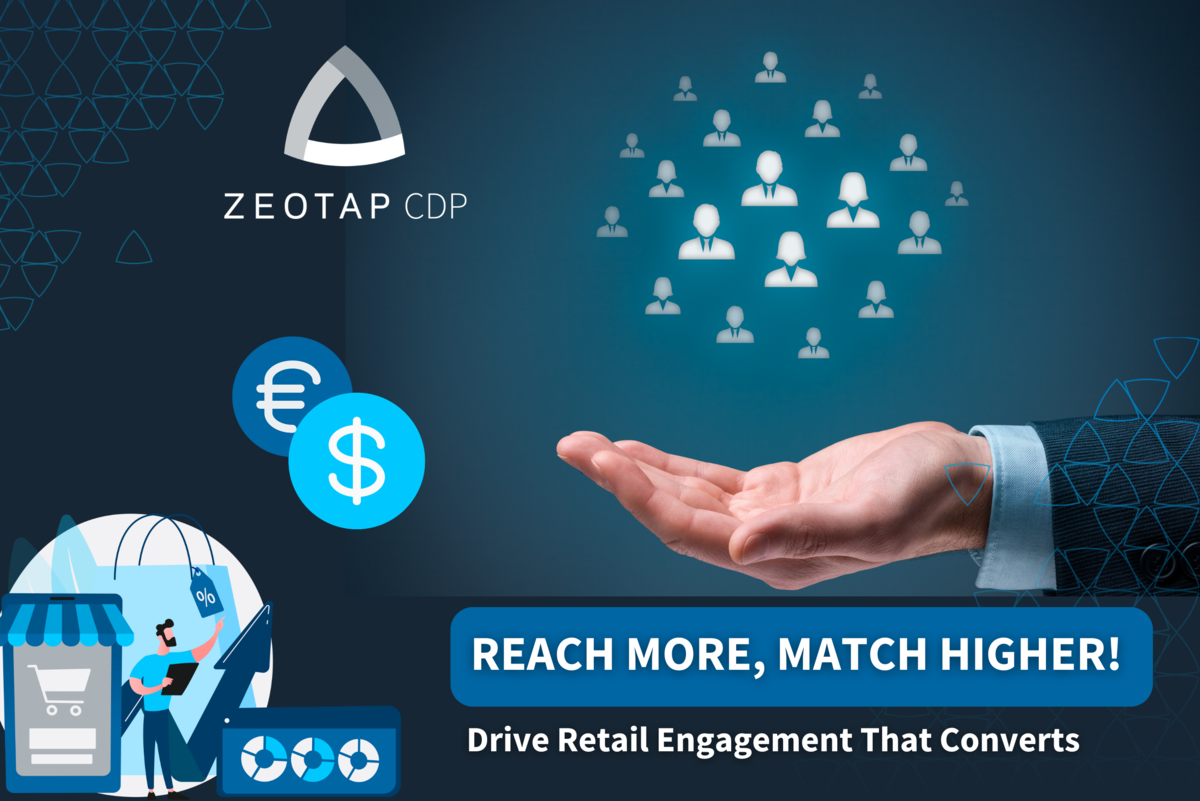Probably almost everyone has experienced a similar situation: you visit an online service and are asked to accept all cookies and share your personal information. Your first instinct is “I don’t want that”, so you look for the easiest way to decline everything, just to find out that you cannot use the service without paying then. So you go back, accept everything and after a few seconds you don’t really think about it anymore. Sometimes, it is not even that – it just feels too exhausting to go through the consent banners trying to reject the different types of cookies, so you end up surrendering and accepting everything that you were feeling so strongly against initially, happy you can finally browse the content.
This is a typical example of the privacy paradox.
What is the privacy paradox?
The privacy paradox is a psychological phenomenon which was first coined in 2001. It describes the discrepancy between the expressed concern and the actual behaviour of users when it comes to privacy in an online environment. Many users show theoretical interest in their privacy and maintain a positive attitude towards privacy-protection behaviour, but this rarely translates into actual protective behaviour. The intention to limit data disclosure exists, however the actual disclosure often exceeds the intention significantly. This is exactly what happened in the example above.
But why does the privacy paradox happen?
There are multiple theories explaining the privacy paradox. Here are just a few examples of why this can happen:
- Users are unwilling to break convenient habits or behaviours;
- Users choose immediate gratification over protecting their privacy;
- Users find it difficult to associate a specific value to their privacy and therefore, the value of protecting it;
- Users completely lack awareness of their right to privacy and believe their desired goals outweigh the potential risks.
The most likely explanation for the privacy paradox is a mix of all these factors. Interestingly enough, most of them in the end lead to a risk vs. benefit rational, where users choose benefits over risks, preferring to keep using the service anyway.
What can the online industry learn from the privacy paradox?
Despite an increasing number of paywalls, a lot of the online world is still “free to use”. People are “paying” with their personal information, so that publishers, for example, get their fair share by selling ads and are able to offer their service for free.
As the famous quote said “If you’re not paying for it, you’re not the customer; you’re the product being sold.”
However, with privacy being in the spotlight of European Regulators and privacy concerns rising among users, these business models are being challenged.
With regard to the privacy paradox, the actual task for the online industry becomes quite clear:
- Putting privacy at the heart of your business model.
- Developing a relationship with users with trust and transparency at its core.
- Offering different versions of the service and letting the user choose their preferred “payment method”.
- Educating the user further on how this ecosystem works, and emphasising that a lot of services are free due to the fact that users allow companies to market their personal data.
When users have to decide between using the service or keeping their private information for themselves, they commonly choose, according to the privacy paradox theory, to use the service anyway, and yet this choice is usually not made consciously.
Who knows, maybe we’ll have a “pay with your personal information” button soon?

































